1、 Curing method
1. Temperature: Bergamot likes to be warm, and 20-24 ℃ is the most suitable. It is a plant that is not resistant to severe cold, so it needs to be adjusted in winter. It can be safe above 5 ℃
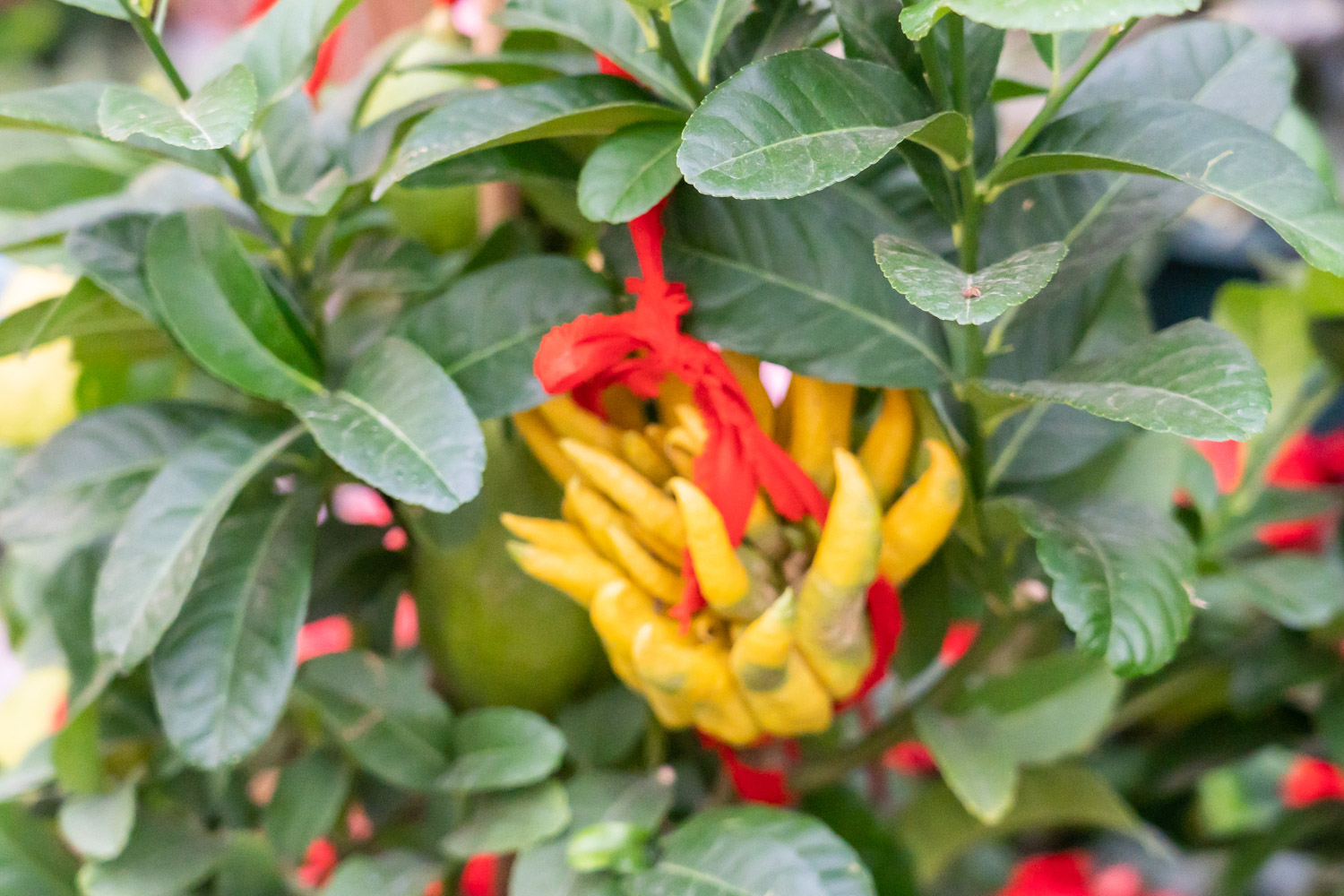
2. Watering: it needs more water. It is generally distributed where the rainfall is between 1000 and 1200 mm. If it is a potted plant, it needs to be watered once in two or three days. When it is very hot, it needs to be watered once a day
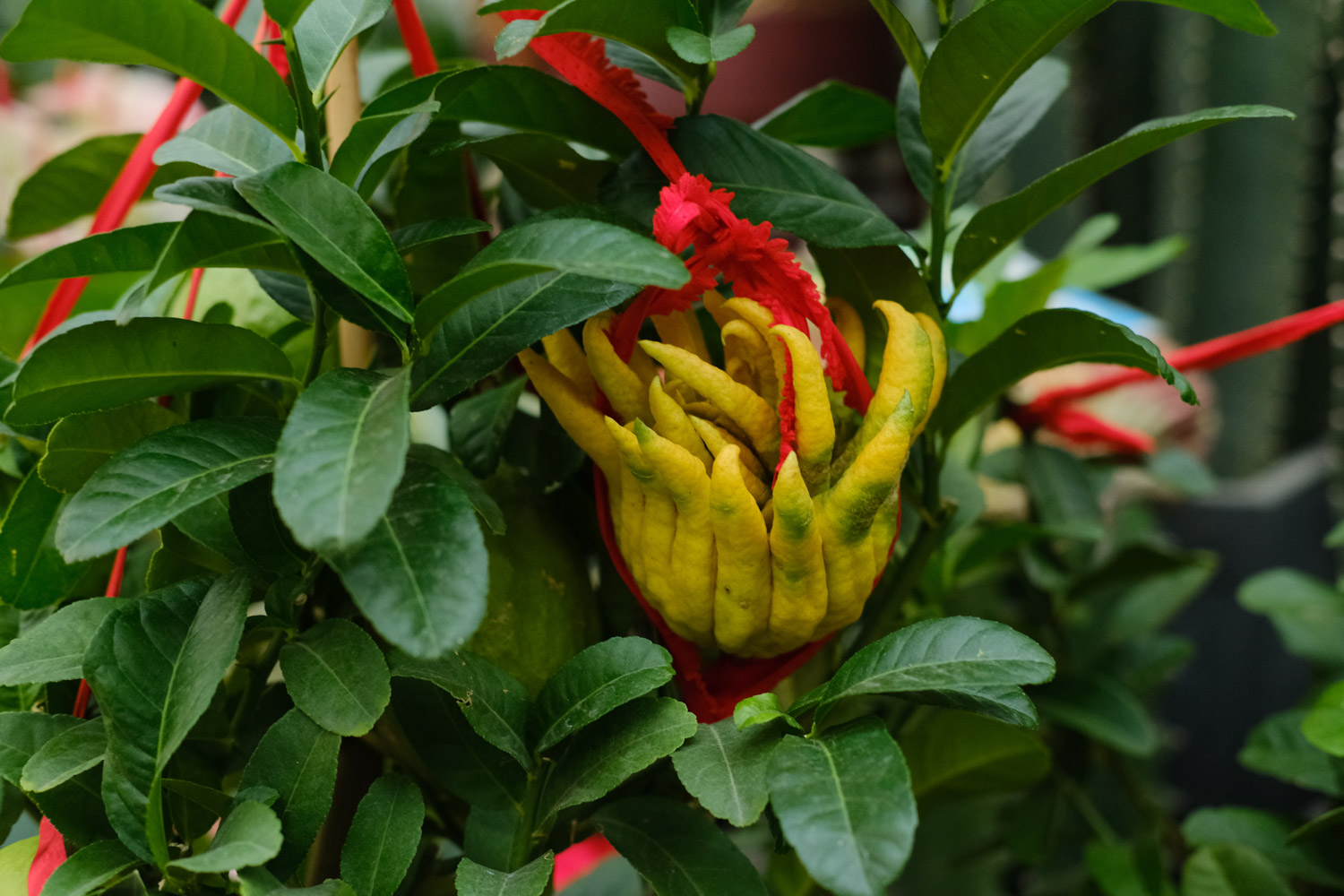
3. Light: it also has a high demand for light. It is a light loving plant. Generally speaking, it is necessary to ensure 5-6 hours of light every day to ensure its growth, and then the output will be good. Similarly, if it is a potted plant, it needs to be placed in a sunny position
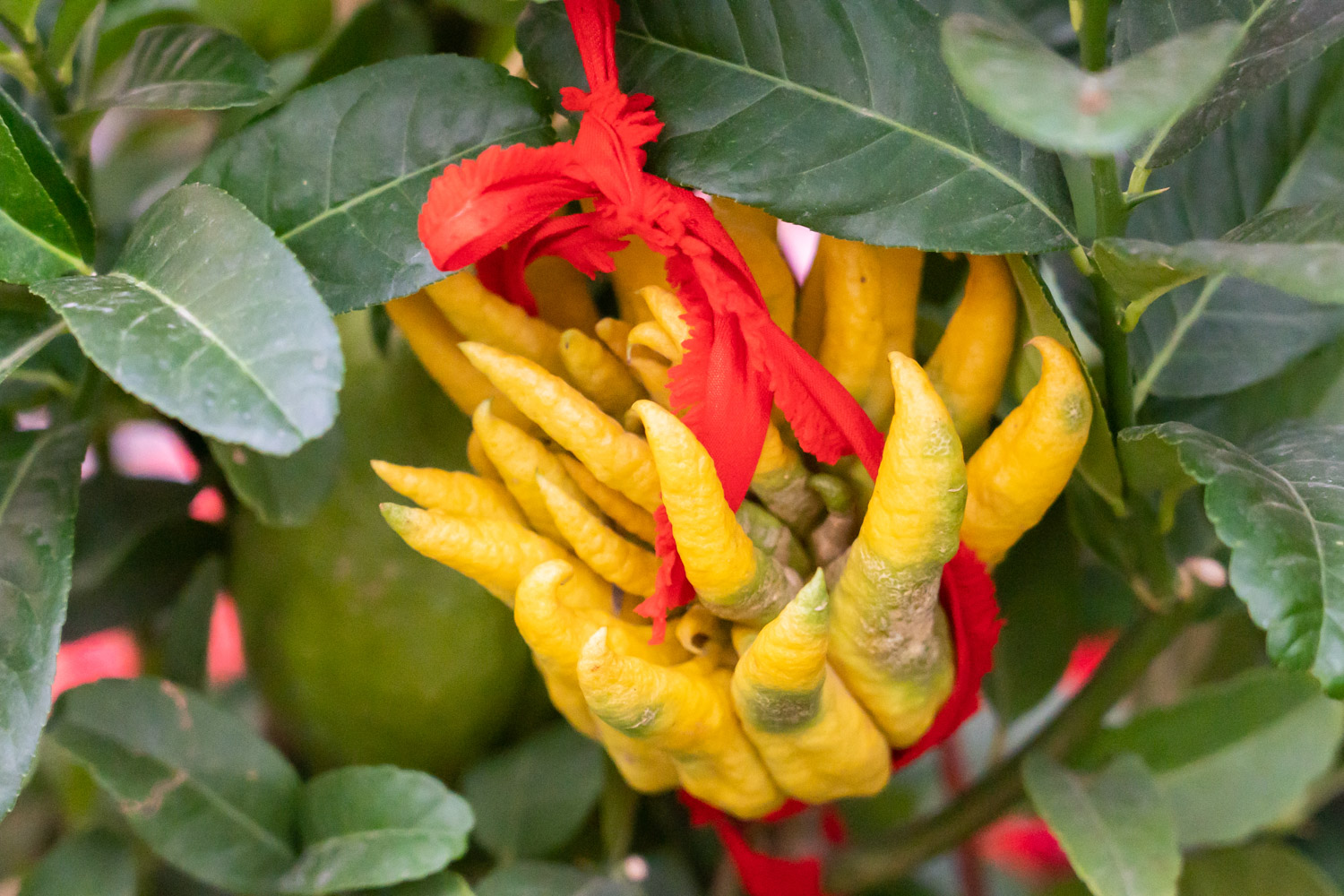
4. Fertilization: only by ensuring sufficient nutrient supply can Bergamot grow vigorously. From March to August, generally once a month, organic fertilizer can be used
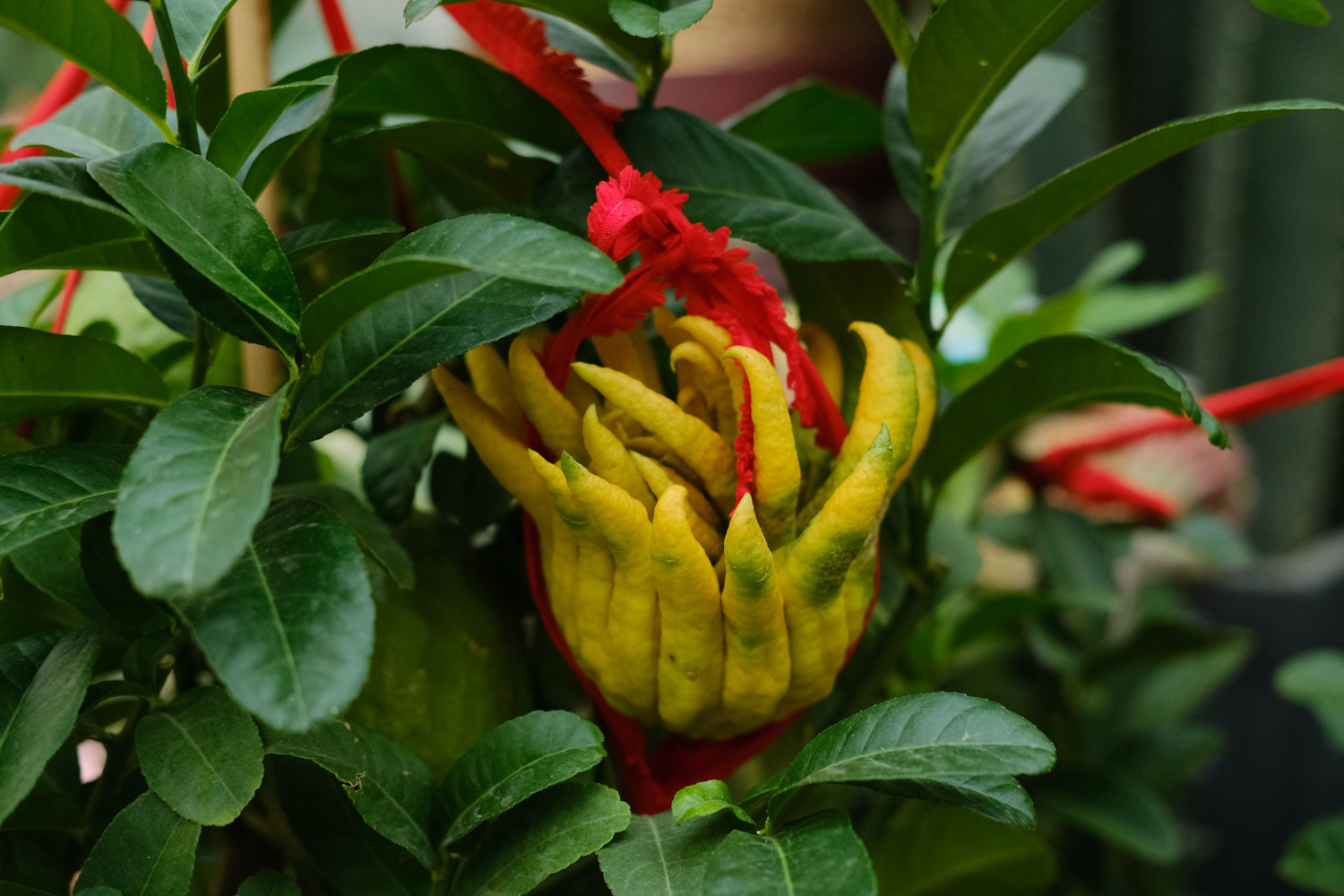
2、 Breeding skills
1. Propagation: cutting is commonly used, which can be carried out from February to March and from August to September. It is necessary to select vigorous branches that are seven to eight years old as cuttings. After they are cut off, they need to be trimmed, and most of the leaves should be cut off for cutting. Use sandy loam as matrix. Then, insert the cuttings into them, keep them moist, and keep the temperature appropriate, so that they can take root soon
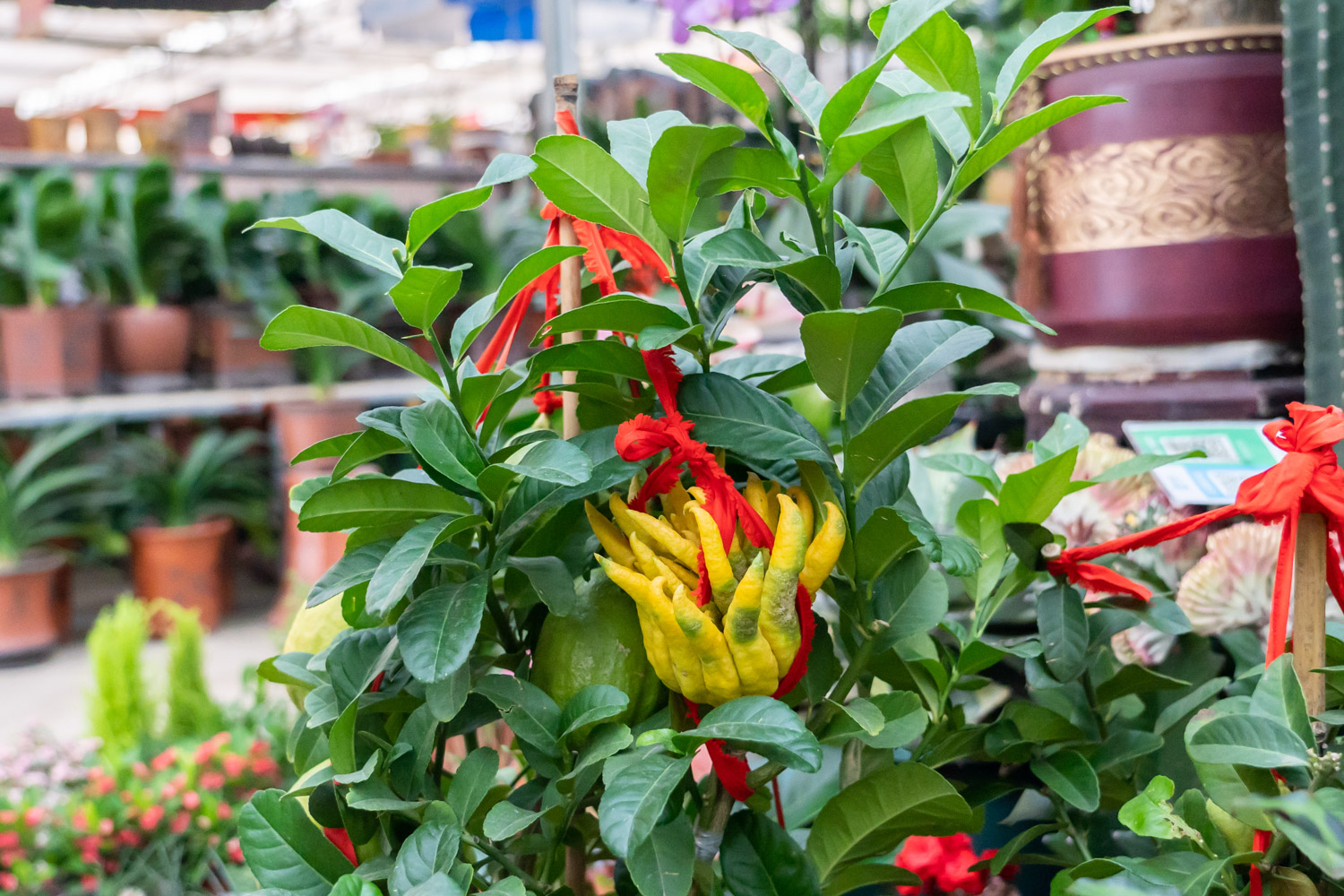
2. Pruning: first, in the spring, you need to pick the heart and remove the terminal bud, which can promote it to enter the fruiting stage in advance. In addition, the flowers also need to be trimmed. For early blooms, that is, flowers that open at the end of spring, they need to be cut off in time. Moreover, the trimming of its shape can also be carried out in time
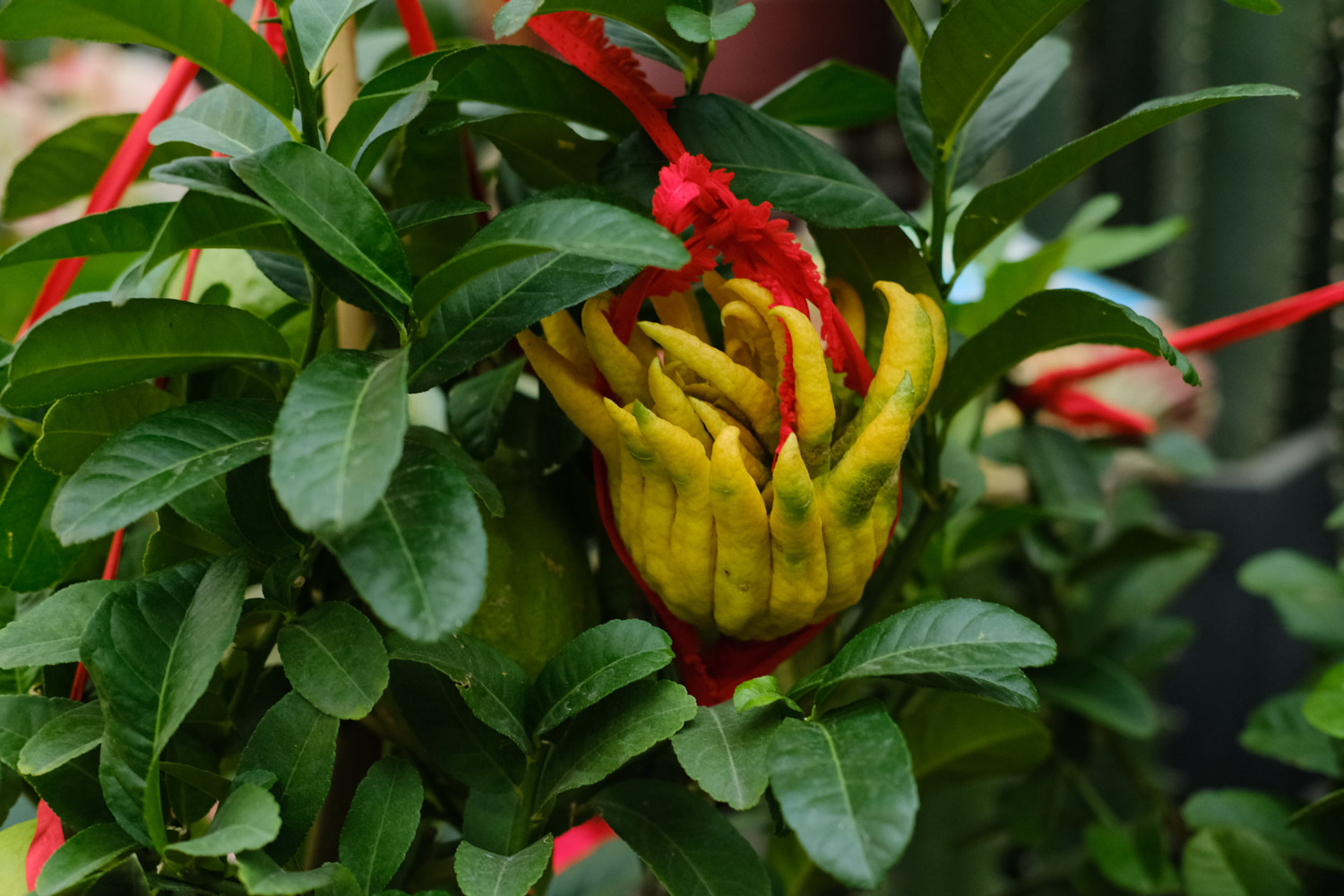
3、 Problem diagnosis and treatment
1. Disease: there is often "soot disease", which will appear some spots similar to coal ash and gradually expand its area. In addition to spraying chemicals in time, it is also necessary to trim in time and pay attention to drainage

2. Insect pests: there are many kinds, such as "leaf miner", "jade belt Phoenix butterfly" and other larvae, which can be controlled by Trichlorfon and "cotton scale", which need dimethoate EC

4、 Other issues
1. Toxicity: Bergamot is non-toxic. In addition, it also has medicinal value

2. Whether it can be raised at home: it can be placed at home, because it not only has medicinal function, but also has ornamental function. It is more appropriate to put it at home< a>


 how many times do yo...
how many times do yo... how many planted tre...
how many planted tre... how many pine trees ...
how many pine trees ... how many pecan trees...
how many pecan trees... how many plants comp...
how many plants comp... how many plants can ...
how many plants can ... how many plants and ...
how many plants and ... how many pepper plan...
how many pepper plan...

























